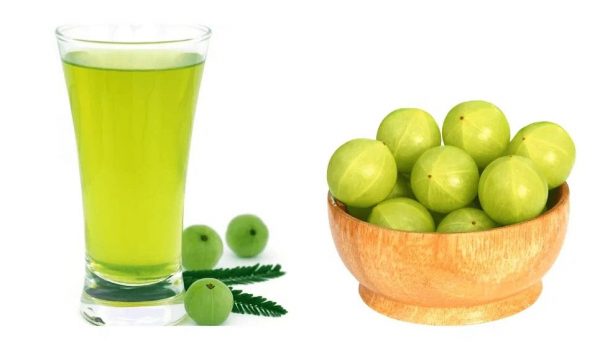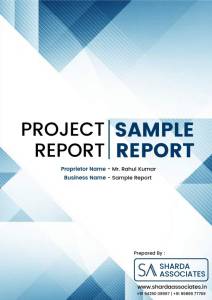Project Report For Amla Processing
Introduction
Project Report For Amla Processing is as Follows.
Amla processing refers to the various methods used to convert fresh or dried amla fruit, also known as Indian gooseberry, into usable products. Amla is a highly nutritious fruit that has been used in traditional Indian medicine for centuries due to its various health benefits. The fruit is rich in vitamin C, antioxidants, and other beneficial compounds.
The first step in amla processing is usually cleaning and washing the fruits thoroughly to remove any dirt or debris. The fruits can then be dried using various methods such as sun drying, dehydrating, or oven drying. The dried fruits can be used in various forms, such as whole fruit, powder, or extract.
Another method of amla processing is by making juice from fresh or frozen fruits. The fruits are usually crushed or grated to extract the juice, which can be consumed directly or used to make other products like jams, jellies, or pickles. Amla oil is also a popular product that is made by infusing amla fruit in oil, usually coconut oil. This oil is used in traditional Indian medicine for hair care and is believed to promote hair growth and prevent hair loss.
Amla, also known as emblic or myrobalan, is a type of Indian gooseberry that is well recognised around the world for its delicious fruits that have medical benefits and values. These are an extremely rich source of vitamin C, with the greatest ascorbic acid level of any cultivated fruit.The extract is abundant in antioxidants and has been shown to reduce the risk of heart disease, high blood cholesterol levels, ageing symptoms, cell damage, and inflammation.
As a result, the extract is a good source of vitamin C and carotene. It can be used to treat a variety of skin and hair issues, including acne, skin pigmentation, scars, hair loss, dandruff, dry hair, and scalp infection, among others. It has been reported to be beneficial in the prevention and treatment of cancer, as well as in stress management and mental wellness.

Market Potential Of Amla Processing
According to a report, the Indian amla market was valued at USD 690.5 million in 2020 and is expected to grow at a compound annual growth rate (CAGR) of 4.4% from 2021 to 2028.
The growing demand for natural and herbal products, increasing awareness of the health benefits of amla, and the rise in disposable income are the major factors driving the growth of the market.
The market for amla products in India can be segmented into various categories, including food and beverages, pharmaceuticals, cosmetics, and personal care products. In the food and beverage segment, amla is used in the production of jams, pickles, chutneys, candies, and juices.
In the pharmaceutical segment, amla is used in the production of various health supplements and medicines. Amla is also used in the cosmetics and personal care segment, particularly in hair care products, due to its ability to promote hair growth and reduce dandruff.
Several leading players operate in the amla market in India, including Patanjali Ayurved, Dabur India Ltd., Himalaya Drug Company, and Baidyanath Ayurved Bhawan. These companies offer a range of amla-based products, including juice, powder, capsules, and hair oil.
In conclusion, the market size of amla in India is significant and is expected to grow in the coming years. The demand for natural and herbal products, increasing awareness of the health benefits of amla, and the rise in disposable income are the major factors driving the growth of the market.
Project Report Sample On Amla Processing
Need Help?
Create 100% Bankable Project Report

